X
Electric hoists represent their own machinery, strength, and toughness, while the stage is elegant, flowing, and soft, with conflicts and collisions between the two.
Stage lifting slings are crucial tools for lifting and transporting stage equipment. Usually made of high - strength synthetic fibers, they are lightweight and highly flexible, facilitating arrangemen
Category : Sling Series
Get a Quote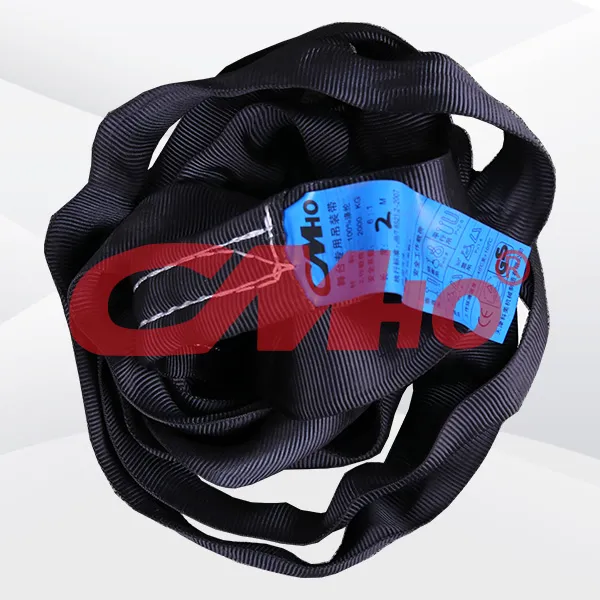
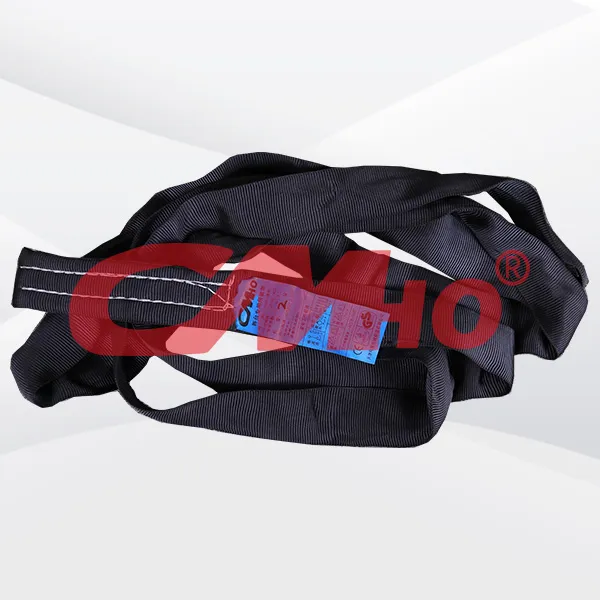



Product Details
To determine whether the performance of a stage - specific lifting sling is good, you can start from the following aspects:Appearance Inspection- **Wear Condition**: Carefully examine the surface of the lifting sling, especially the edges and parts that often come into contact with heavy objects or lifting equipment. There should be no obvious signs of wear, abrasion, or fuzzing. Slight wear may still allow the sling to be used, but if the wear is severe, such as the fibers becoming significantly thinner or broken, it will seriously affect the load - bearing capacity and safety of the lifting sling, and its performance may be poor. - **Damage and Tear**: Check the entire lifting sling for any damage, tears, or cuts. Any form of damage may cause the lifting sling to break suddenly during use. Even a small tear may expand rapidly under stress. Once detected, it should be regarded as a sign of poor performance. - **Color Change and Aging**: A normal lifting sling has a uniform and bright color. If there is obvious color change or fading, especially local discoloration, it may be due to chemical corrosion or long - term exposure to harsh environments, resulting in aging. The fiber performance of an aged lifting sling will decline, becoming brittle and hard, with reduced toughness and strength, making it difficult to ensure its performance. - **Label Integrity**: The label of the lifting sling should be complete and clear, marked with important information such as specifications, load - bearing capacity, and production date. The absence of a label or blurred handwriting will affect the understanding of the basic information of the lifting sling, making it impossible to accurately determine whether its performance meets the usage requirements.Dimension and Specification Check- **Length Measurement**: Use a suitable measuring tool, such as a tape measure, to measure the length of the lifting sling. Ensure that its length is consistent with the nominal value, with an error within the allowable range. An overly long or short length may affect the stability and safety of the lifting, resulting in poor performance. - **Width and Thickness**: Similarly, use a measuring tool to check the width and thickness of the lifting sling. These dimensions are crucial for determining the load - bearing capacity of the lifting sling. If the width or thickness is significantly smaller than the nominal value, it may indicate insufficient load - bearing capacity of the lifting sling and problems with its performance.Performance Testing- **Tensile Test**: When conditions permit, a tensile test can be carried out. Use a professional tensile testing machine to apply a certain amount of tension to the lifting sling and observe its performance during the stress - bearing process. When the rated load is reached, the lifting sling should not have obvious elongation, deformation, or damage. If the lifting sling shows abnormal elongation or fiber breakage during the test, it indicates that its performance does not meet the standard. - **Dynamic Simulation Test**: Simulate the actual working conditions of stage lifting and conduct dynamic tests on the lifting sling, such as lifting and lowering heavy objects. Observe the stability, flexibility, and load - bearing capacity of the lifting sling during the dynamic process. If there is excessive shaking, difficulty in maintaining balance, or abnormal noises during the dynamic test, it may indicate that the performance of the lifting sling does not meet the requirements for stage use.Material and Craftsmanship Inspection- **Material Judgment**: Understand the material of the lifting sling. Common materials include polyester, nylon, etc. High - quality materials have good strength, wear resistance, and corrosion resistance. The quality of the material can be initially judged by touching and observing the texture of the fibers. If the material feels rough and has an uneven texture, it may be a poor - quality material, which will affect the performance of the lifting sling. - **Sewing Craftsmanship Inspection**: Check the sewing parts of the lifting sling. The stitches should be even and tight, without any signs of thread slipping, skipping, or missed stitches. Good sewing craftsmanship can ensure the overall strength and stability of the lifting sling. Poor sewing may cause the lifting sling to crack at the sewing area during use, affecting its performance.Historical Usage Record and Maintenance Situation- **Usage Frequency and Environment**: Understand the usage frequency and usage environment of the lifting sling. Lifting slings that are used frequently or in harsh environments (such as high temperature, humidity, chemical corrosion, etc.) are more likely to experience a decline in performance. If the lifting sling is often used beyond its load - bearing capacity, it will also cause serious damage to its performance.
- **Maintenance Record**: Check the maintenance record of the lifting sling to see if regular inspection, cleaning, lubrication, and other maintenance work have been carried out as required. Good maintenance can extend the service life of the lifting sling and ensure its stable performance. Lack of maintenance or improper maintenance, such as long - term uncleanliness and failure to handle minor damages in a timely manner, will accelerate the aging and damage of the lifting sling, leading to a decline in performance.
https://studio.youtube.com/video/GwMnIrIxsO8
If you need further consultation on product details, please contact Google email
Gmail : info@kemeihoist.com
zyj@kemeihoist.com
Website: https://www.kemeihoist.com/
WhatsApp:+86 13920508123
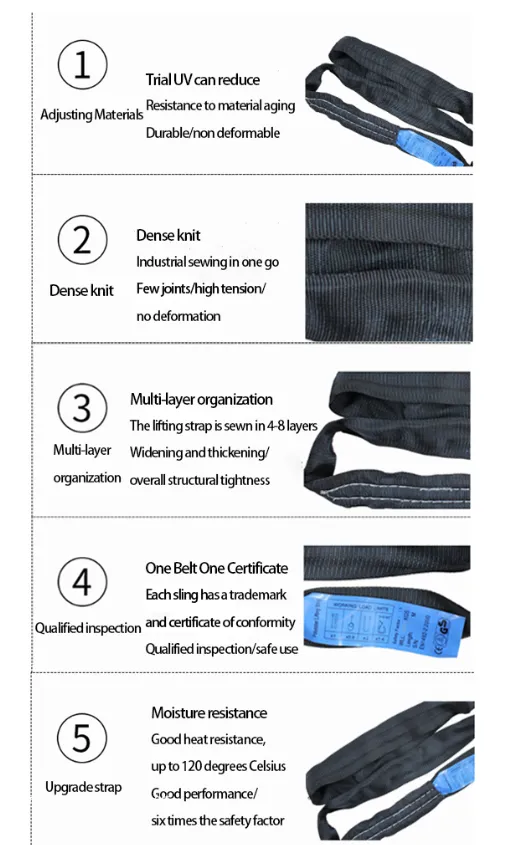
Previous: Truss Lifting Webbing Slings
RELATED PRODUCTS .
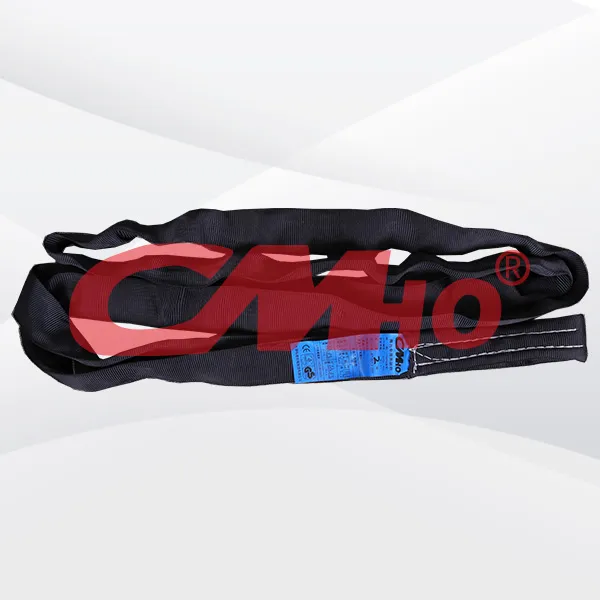
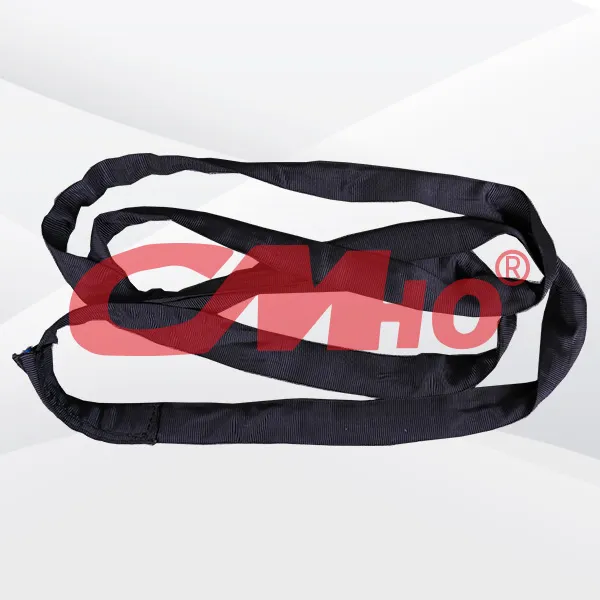
Wholesale lifting slings often come with a more professional technical team and after-sales service. They can provide customers with professional advice and training on the selection, use, and mainten
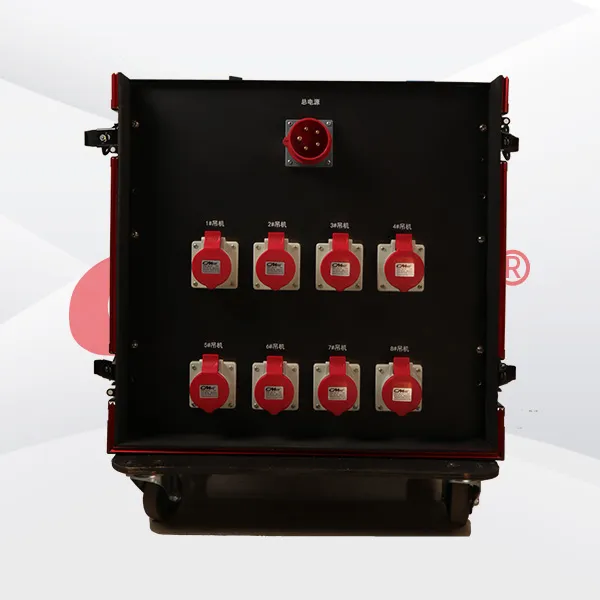
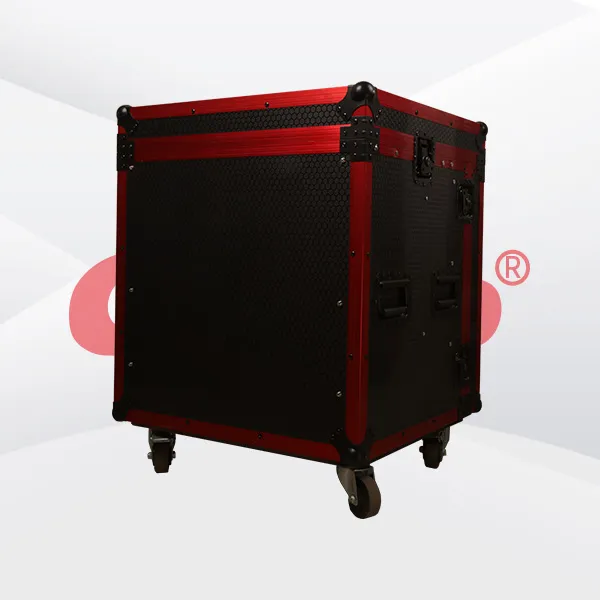
The motor controller for celebrity concerts precisely regulates the lifting of the stage elevators, ensuring that the stars make a stunning appearance during the grand opening ceremony and achieving a
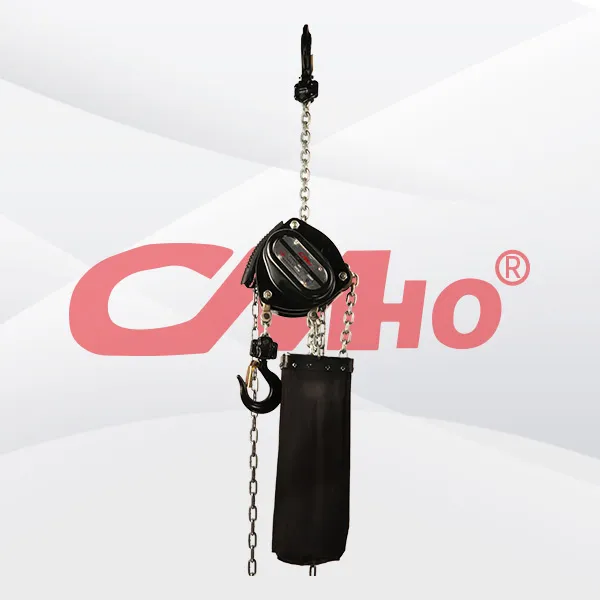
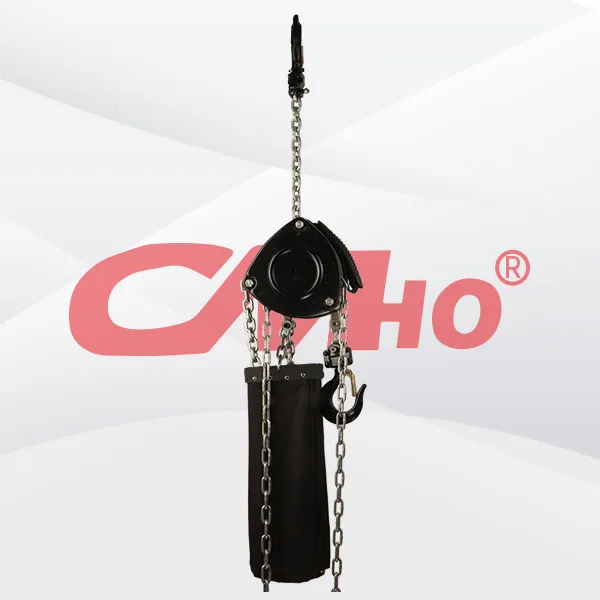
The hand chain winch specially designed for theater performances acts as the "emergency guardian" of stage shows, relying on its stable and reliable pure manual control system. In emergency ...
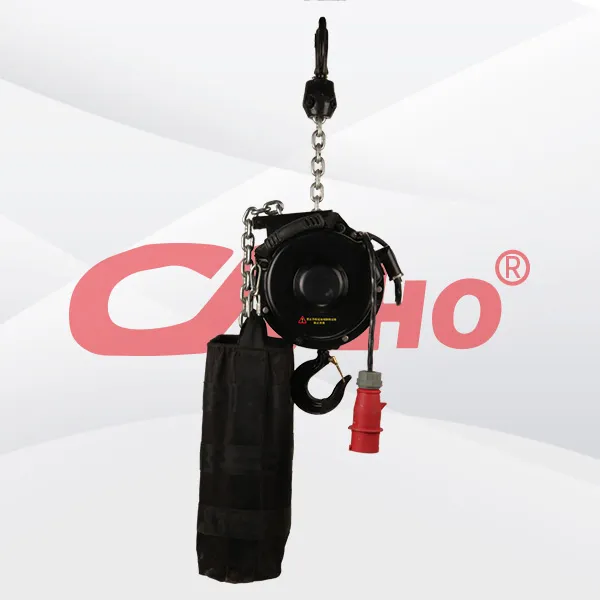
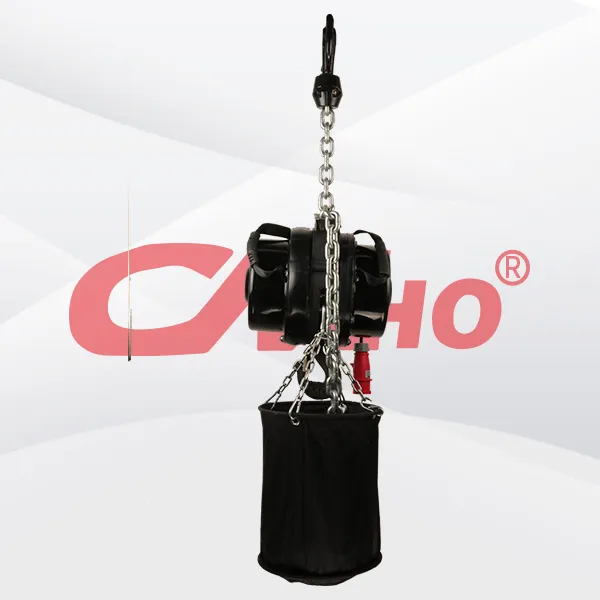
In large-scale concerts, electric stage hoists can enable flexible transformations of the stage's mechanical structure, such as lifting and lowering the main stage and moving the extended stage, creat
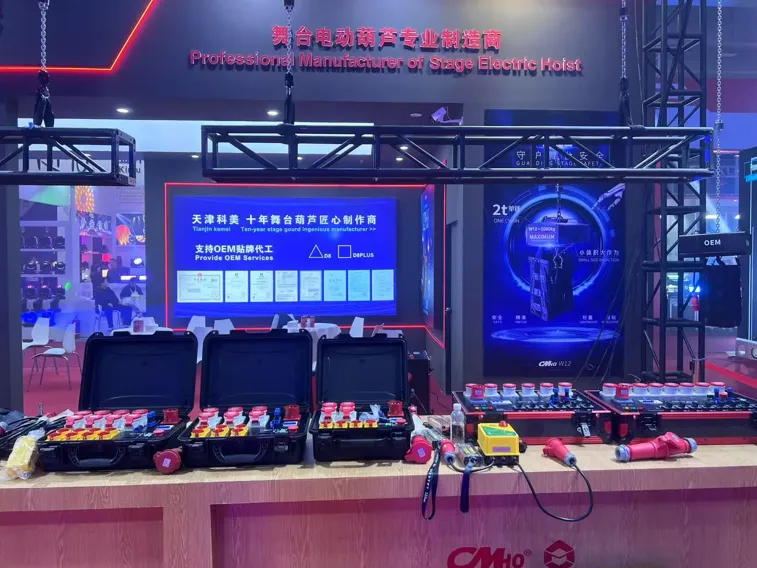
2025-02-28
创始人
0
The participation of Tianjin Kemei in the Guangzho...
Tianjin Kemei made a remarkable and eye-catching appearance at the Guangzhou (International) Performing Arts Equipment, Intelligent Acoustic, Optical and Electrical Products...
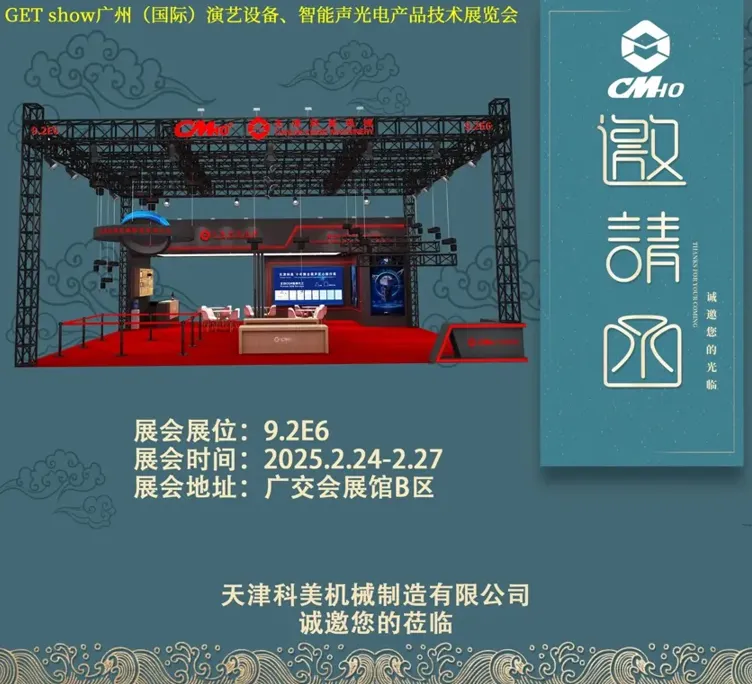
2025-02-27
创始人
0
Guangzhou (International) Performing Arts Equipmen...
In the era of the rapid development of stage lifting equipment and intelligent acousto - optic technology, every industry event serves as a crucial opportunity for innovatio...
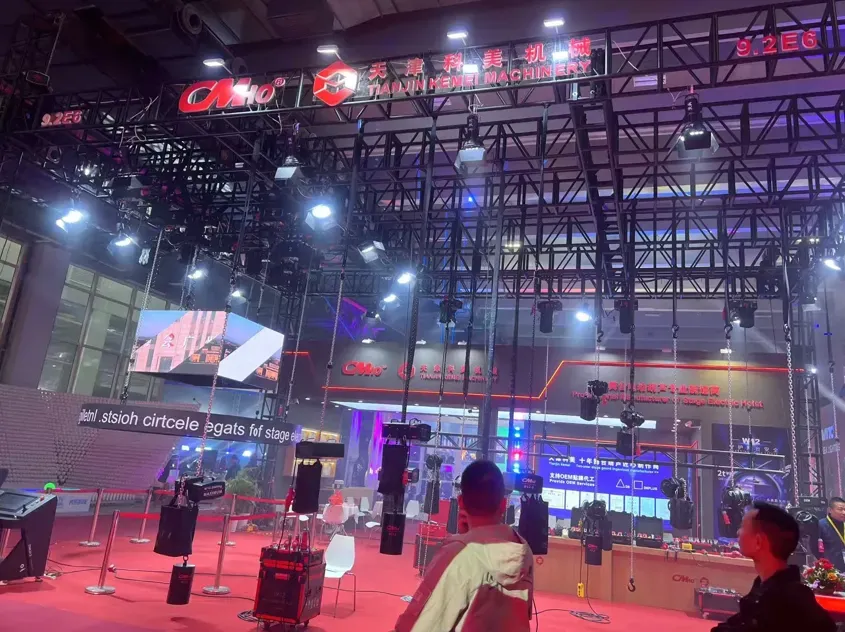
2025-02-27
创始人
0
GET show Guangzhou (International) Performing Arts...
Tianjin Kemei Machinery Manufacturing Co., Ltd. has been deeply engaged in the stage equipment manufacturing field for many years and has developed into a modern benchmark e...
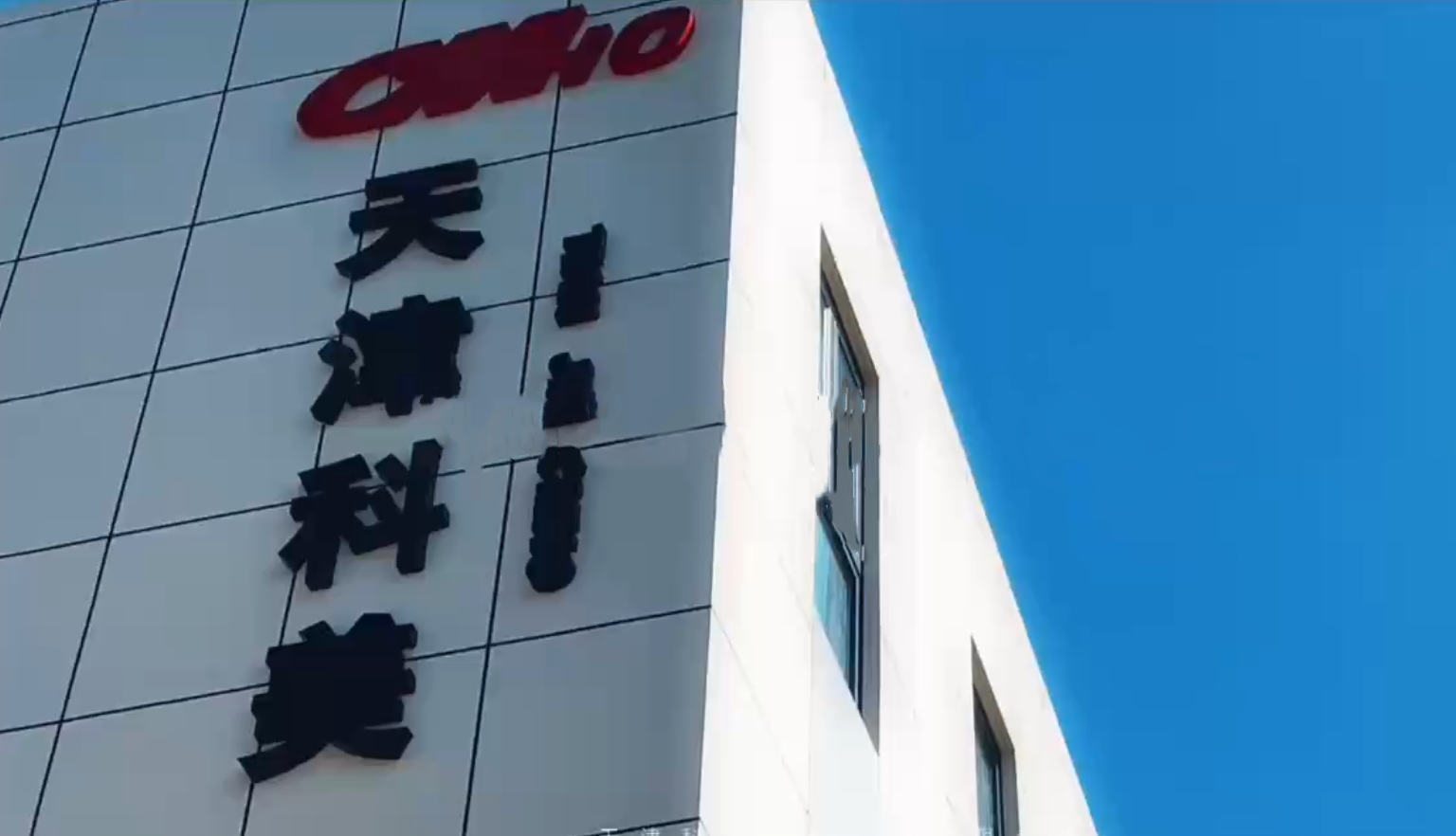
2024-09-24
admin
0
Tianjin Kemei Machinery Manufacturing Co., Ltd. Ne...
Tianjin Kemei Machinery Manufacturing Co., Ltd.: New Starting Point, New Journey - New Factory Relocation Record

